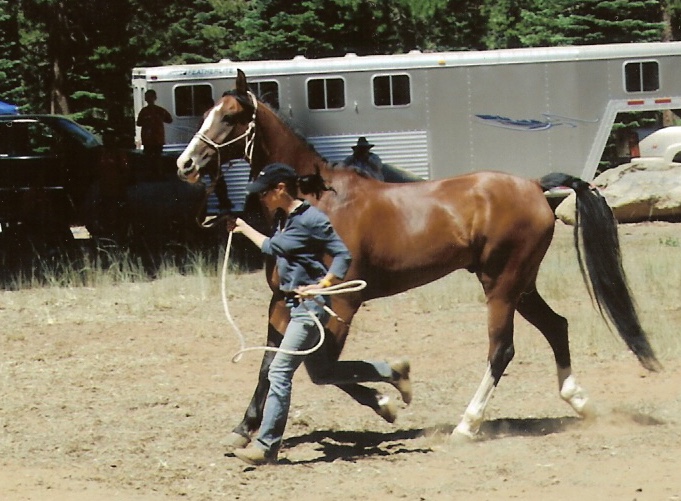Oh the games people play now, Every night and every day now…
~Lyrics by Joe South
Learning right from wrong differs from those playing the Right/Wrong game. Distinguishing right from wrong starts when children understand why something should or should not be. It happens when they learn how to think independently, having been taught discernment. It is then that they can assimilate what is morally right. Examples include why they should not lie, harm another being, or be a bully.
Mind games are different. They arise from a person’s attempt to establish control over someone through manipulation.
It is not a question of what is morally right or wrong for those who engage in the Right/Wrong game. The strategy is altogether different. This behavior can stem from a place lacking inner security and maturity and often childhood trauma. It is a way of acting out, often unaware of their behavior.
The Right-Wrong game can be played with any number of people in any setting, and we are often unknowing participants. Once the game begins, it can be difficult to stop. The problem with the game is that no one ever really wins.
There are two leading players in the game. Those who always need to be right and others who consistently make others wrong.
The ones who need to be right want to convince those who disagree with them to see it their way because their way is the only way.
The second type points out how another person is wrong, no matter what they say, do, or feel. They do this not necessarily because they are right but because they must make others feel wrong.
The above strategies have endless combinations, so players are not limited to these tactics.
There is a spectrum of colors between black and white. The need to convince others of the right way or to make another wrong limits our ability to see those colors.
A perfect example is in the dog world. I love all dogs, but Dobermans are my favorite breed for my lifestyle: loyal, low maintenance, beautiful, athletic, intelligent, and kind. However, I cannot count the times I have heard the opposite description of the breed, with those listing the many reasons why I should not have them.
Fine. You can have your opinions about my dog, and you are right; the breed is not the right one for you, but that doesn’t make the breed wrong for me, and it doesn’t make me wrong because we have differing opinions.
Those who need always to be right do not comprehend they have a choice. They are compelled to impose their beliefs on others. However, it is impossible always to have things our way. If you think TV is mindless, don’t watch it. If you don’t like a particular car, don’t get one. If you disagree with someone’s mannerisms, don’t spend time with them. Choosing to disengage and let things be different from your opinions is key.
The same holds for… everything. Dare I say politics or religion, right or wrong? Vaccines, right or wrong? Gender choices, right or wrong? And on and on and on.
Can you imagine a world where we all thought the same, ate the same, spoke the same, dressed the same, and functioned in the same manner?
Because we don’t, let’s accept it. It doesn’t give one the license to bully, terrorize, or try to jam a point of view down the throats of those who make choices inconsistent with our own.
Wanting to make someone change their opinion to ours implies that their perspective is wrong. But it is only wrong from our perspective. Let them be; obviously, it is suitable for them. And if it is not, well, let them figure it out. It will be a lesson learned.
To be right doesn’t make us more right if more people agree with us. It doesn’t make us wrong to have our perspective, and it certainly doesn’t make us more right to condemn others of theirs.
Right and wrong are judgments we put upon things thousands of times, creating the illusion of our reality. Those choices are made individually for a given point in time. And with time, things change, so our decisions of right or wrong can also change.
When you have had enough and want to stop the cycle:
3 Ways to End the Right Wrong Game.
1. If possible, don’t start. Let go of the need to make those who are ‘wrong’ see in the ‘right’ way.
2. Agree to disagree: “You have your opinion, and I have mine, let’s agree to disagree.” Once each party agrees to disagree, the “ifs, ands, buts, or just one last “thing” stops. PERIOD, the conversation stops. We must breathe and let go of the tit-for-tat comments.
3. Change the conversation; if it doesn’t work, walk away. If the other party does not want to disengage, you always retain the power to remove yourself from the dialog.
No one can force us to accept things that go against our viewpoint. If we want to change how we live our lives and have others join in our perspective, preaching about it won’t be as effective as living it. By our example, others can see another point of view.
Cherishing differences brings a wealth of diversity to the room. Appreciating these contrasts can be eye-opening to a world we may never have witnessed. Eliminating intolerance of dissimilarities could end many issues, resulting in a more accepting and peace-filled existence for all.
Out beyond ideas of wrongdoing and rightdoing there is a field. I’ll meet you there.”
~ Rumi.





